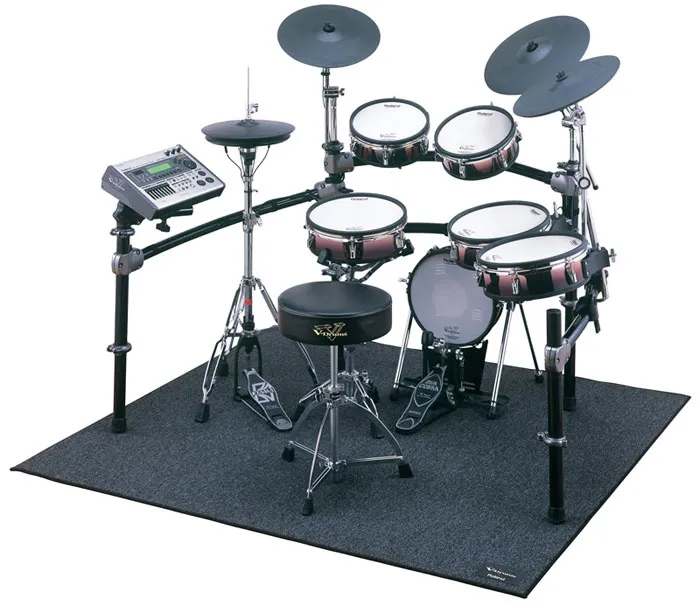For many drummers, the word “MIDI” used to feel like a keyboardist’s playground, a world of synth patches, arpeggiators, and blinking lights. But in the age of hybrid drumming, MIDI has quietly become one of the most powerful tools in a drummer’s live or studio arsenal. And when it comes to triggering samples on stage or in the studio, it’s almost essential, depending on the type of music now.
Triggering samples in a live show or using MIDI in records doesn’t mean abandoning the drums for buttons. It means adding texture, nuance, and sometimes even making the impossible possible. Whether it’s a gunshot sound in a metal set, a kick sample that cuts through a muddy mix, or backing tracks and loops synced to a click, MIDI opens up options. The key is understanding how to set it up, and more importantly, how to trust it in a live setting.
At the heart of any MIDI setup is your trigger source. That could be a multipad like the Roland SPD-SX or Alesis Strike, or even mesh-head pads with built-in sensors. Each pad can send a MIDI signal when struck. That signal then tells a sound module or a computer: play this sound, now.
The beauty of MIDI is that it separates performance from playback. You’re not triggering audio directly; you’re sending a message. That message can fire a sample, start a loop, or even control lighting or visual effects. All with one hit.
Once your pads are mapped, the next step is choosing where your samples live. For drummers using a standalone sampler, that’s straightforward. For those triggering from a laptop, software like Ableton Live or MainStage is often the hub. Each pad is assigned a MIDI note, and that note is linked to a sample: kick, snare, vocal chop, atmospheric sound, you name it.
But setup is only half the story. What matters in a live show is consistency. MIDI is tight, but it’s only as good as the rig behind it. Drummers playing to backing tracks or clicks need reliable in-ear monitoring, stable audio interfaces, and often a dedicated playback engineer or simple fail-safes. The last thing you want is a dropped signal mid-song.
And then there’s artistry. The goal of triggering samples isn’t to play less: it’s to play more intentionally. Think of it like another limb or voice. You can drop an 808 bass hit on the downbeat, layer a chorus with a cinematic sweep, or subtly cue vocal doubles, all while keeping the beat.
MIDI may seem clinical, but in the right hands, it’s an expressive extension of the kit. It lets any drummer become more in-tune with modern music too, because the MIDI sounds required to play a lot of styles of music are simply unavoidable now. In today’s music, that matters more than ever.
